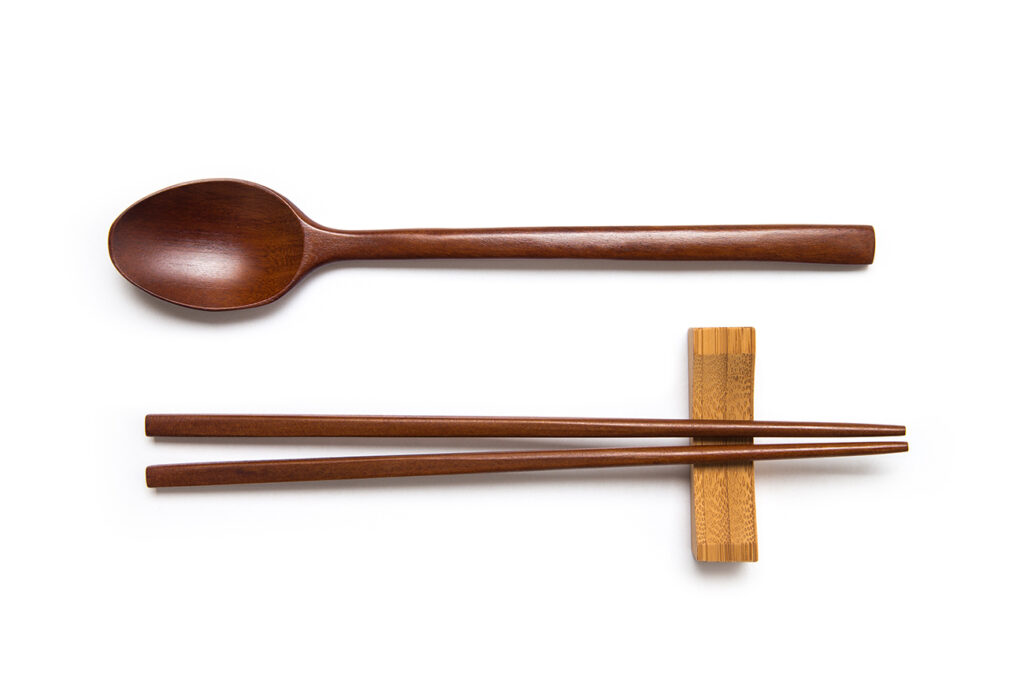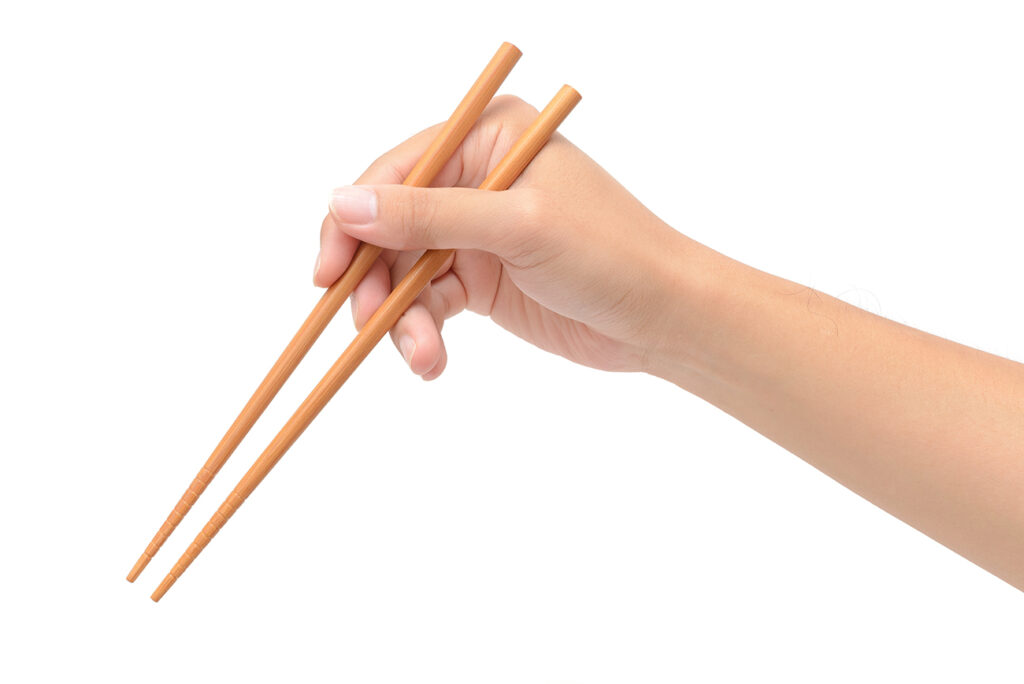
Chopsticks 101
Chopsticks hold significant importance in Asian culture, boasting a rich history dating back thousands of years. Originating in China around 5,000 years ago, the early versions were simple twigs used for retrieving food from fires. By 400 BC, as population grew and resources became scarce, the Chinese began cutting food into smaller pieces to conserve fuel and reduce cooking time, leading to the practical use of chopsticks as dining utensils.
The philosophy of Confucius further promoted chopsticks’ popularity, aligning with his teachings advocating simplicity and avoidance of knives at the dinner table. Chopsticks subsequently spread to Japan, Korea, and Vietnam around 500 AD. In Japan, they initially resembled tweezers, evolving into separate, tapered pieces by the 10th century, distinct from longer Chinese chopsticks.
Chopsticks etiquette in Japan is guided by several key rules:
- Hold chopsticks at their end, not in the middle or front third.
- Place chopsticks down in front of you with tips to the left (right for left-handed individuals) when not in use.
- Avoid sticking chopsticks into food, especially rice—reserved for funerary rituals.
- Refrain from passing food directly between chopsticks, a practice linked to funeral customs.
- Never spear food or point with chopsticks, nor wave or play with them.
- Use controlled pressure to tear food apart; picking up larger items like tempura in one piece is acceptable.
- Separate utensils are used for Western foods; spoons accompany certain Japanese dishes like donburi or curry rice.
 Chopsticks or hashi embody cultural heritage and practical dining customs, deeply rooted in Japanese history and widely embraced around the world. Understanding their nuances adds depth to the culinary experience, reflecting traditions passed down through generations.
Chopsticks or hashi embody cultural heritage and practical dining customs, deeply rooted in Japanese history and widely embraced around the world. Understanding their nuances adds depth to the culinary experience, reflecting traditions passed down through generations.

